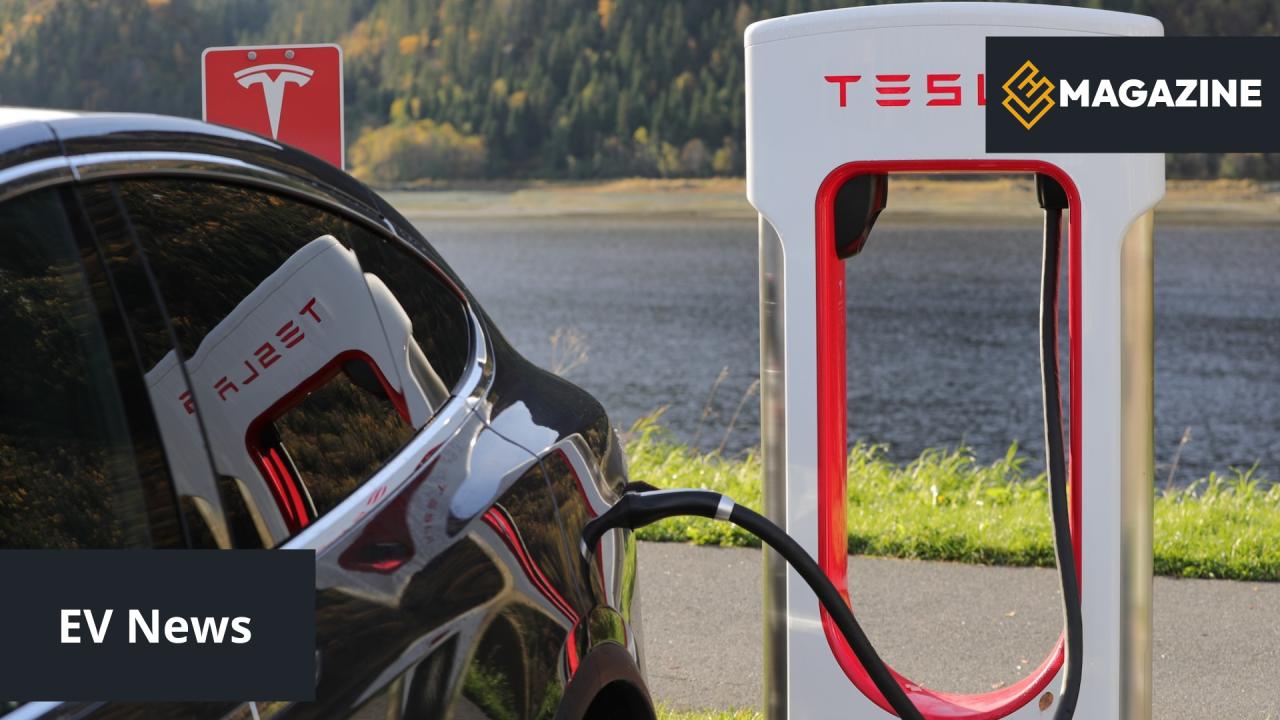Tesla has announced a further expansion of its charging infrastructure through a new device called the V4 Cabinet. According to the company, this next generation of chargers is expected to bring improvements in power, efficiency, and reliability across its Supercharger network. The question remains: what specific changes does the V4 Cabinet bring, and what impact might this technology have on the future of electric mobility?
Higher Power Charging for Modern Electric Vehicles
Tesla states that the V4 Cabinet is capable of delivering up to 500 kW for passenger vehicles and 1.2 MW for trucks like the Tesla Semi. For comparison, Tesla's original Superchargers from 2012 supported a maximum power of 90 kW. The increased charging power could potentially allow for shorter charging times for current electric vehicles, providing greater convenience for drivers and quicker vehicle turnover at charging stations.
Previously, Tesla introduced the V3 Supercharger, which offers up to 250 kW of power per vehicle. This system eliminated the previous limitation of power-sharing between vehicles at adjacent stalls, allowing for a smoother and faster charging experience, according to Tesla. The Model 3 Long Range can regain up to 120 km of range in just 5 minutes on a V3 Supercharger. Tesla claims that V3 Superchargers reduce average charging time by 50%, which benefits drivers with shorter stops.
Support for Various Vehicle Architectures
The V4 Cabinet is reported to support vehicle voltage architectures ranging from 400V to 1000V, enabling compatibility with different types of electric vehicles. According to Tesla, this technology could accelerate charging for new models like the Cybertruck by up to 30%. Owners of Tesla's S3XY models can achieve charging rates of up to 250 kW on the V4 Cabinet, potentially adding up to 320 km of range in just 15 minutes.
Simplified and Faster Installation
Tesla claims that the V4 Cabinet is designed to support up to eight charging stalls simultaneously, which is double the capacity of previous generations. This change could result in charging stations that require less space and simpler installation. As a result, the deployment of new charging sites could be accelerated, potentially expanding the availability of fast-charging infrastructure.
Efficiency and Reliability of New Technologies
One of Tesla's stated goals in developing the V4 Cabinet was to enhance the overall efficiency of the charging system. The new hardware generation reportedly offers three times the power density, which could lower operational costs and increase reliability. Tesla also claims that the V4 Cabinet achieves a 2% improvement in efficiency, potentially saving up to 100 GWh of energy annually in waste heat. While this improvement may seem modest, Tesla argues that it could have a significant impact on the sustainability of charging infrastructure operations.
Future Prospects for the V4 Cabinet
Tesla reports that the first stations equipped with the V4 Cabinet are currently undergoing the permitting process, with openings planned for 2025. This development is viewed as part of Tesla's ongoing effort to provide faster, more efficient, and reliable charging for its customers, which is seen as a step toward broader EV adoption and the advancement of sustainable transportation.
According to Tesla, the V4 Cabinet represents an example of small technological advancements leading to substantial practical changes. Faster charging, more efficient use of space, and increased reliability are key factors that are expected to contribute to the continued growth of electric vehicle infrastructure.

